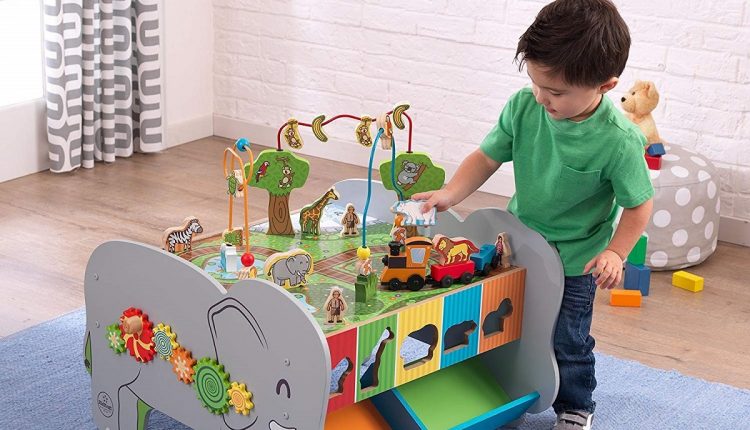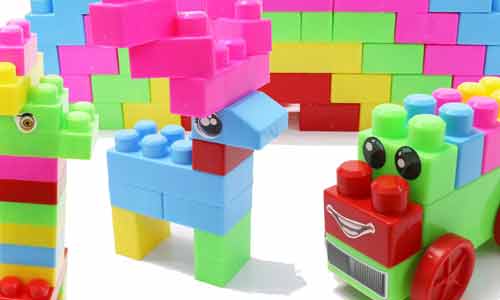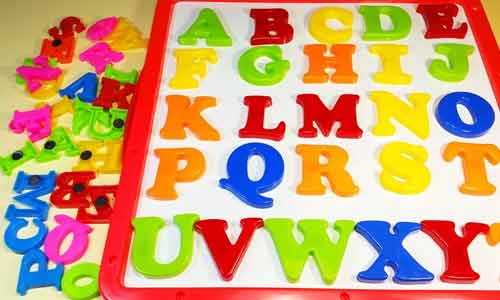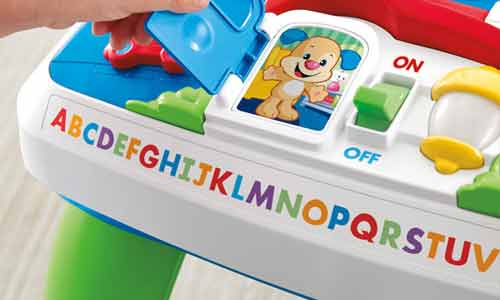
Interesting Ways to Get Your Child to Learn With Toys
Toys are an essential part of any child’s infancy and childhood. But intelligent parents realize that the toys they give their kids can go a long way in speeding up their cognitive development, depending on the age of the child. It therefore, becomes important to understand fundamental developmental milestones and what toys should be given at what point to stimulate the most intellectual growth. Studies have shown that the steepest rate of intellectual growth occurs in the first year of life. During that time, trillions of synapses form, so providing the right environment during those crucial formative years can have massive benefits later on. Make child learning simpler and easier.
Child Learning Tips
1. Rattles

In the first year, babies are just beginning to form neural pathways, and one of the first that they develop is a simple cause and effect relationship. That’s why it’s so common to give babies rattles, because to their infant minds, when they shake the rattle (cause) they get an immediate effect—the noise. It goes a long way in cultivating auditory pathways in the brain. In the first year and a half or so, babies are beginning to learn new words. Studies by child psychologists in the U.S. have confirmed that placing a ‘baby-mirror’, a non-breakable reflective surface at the baby’s height level will encourage the child to talk to its own reflection. The same study paradoxically concluded that in many cases, the babies were more comfortable talking to their own reflection than to their parents.
2. Blocks and Legos

Large building blocks also make for a great play item, but care must be taken to make sure that the blocks are big enough not to be a choking hazard. As the child gets older and more responsible, you can progress to smaller Legos. The reason that this is such a great investment is that it aids in the development of fine motor skills, we’re talking about hand eye coordination. The multi-colored building blocks can help foster an appreciation for symmetry and patterns, both vital skills in a child’s maturity. It all gives rise to special intelligence, and the concept of construction, as children begin to understand that they can create big, impressive structures out of smaller pieces. Shape sorters are also great at this age.
3. Colorful Alphabets

As your beautiful child begins to near the preschool going age, invest in toys and games that would cultivate linguistic skills and fundamental arithmetic. Colorful, foam alphabets are a staple in any play pen, that’s, because the bright colors attract the child’s attention, and the letters will help him supplement the teaching he gets at school, facilitating greater retention.
4. Jigsaw Puzzles

Jigsaw puzzles are a classic, and that’s, because they go miles in building a child’s memory and visual intelligence, while at the same time, fostering problem solving skills and pattern-recognition.
5. An Abacus

An abacus is a great toy to get your child to teach them basic arithmetic. It essentially consists of series of beads on a wire, in a wooden frame. It was a counting method used by ancient Egyptians. The first row represented single digits, and then the next row was for 10s and 100s and so on. Nowadays, it can be used by kids to learn simply counting.
6. Singing Toys

Toys with simple moving lights are crucial for developing the eye movements necessary to read, and those should be given in the first few years before the child starts attending pre-school. Additionally, singing toys are the toys that have recorded commands are great, because they can expand the child’s vocabulary as well as their language recognition neural pathways.
Nowadays, a number of digital and electronic programs exist to help children learnt their ABCs and counting, and whereas these aren’t toys strictly speaking, they can be used as adjunct under parental supervision to speed up the learning curve.

